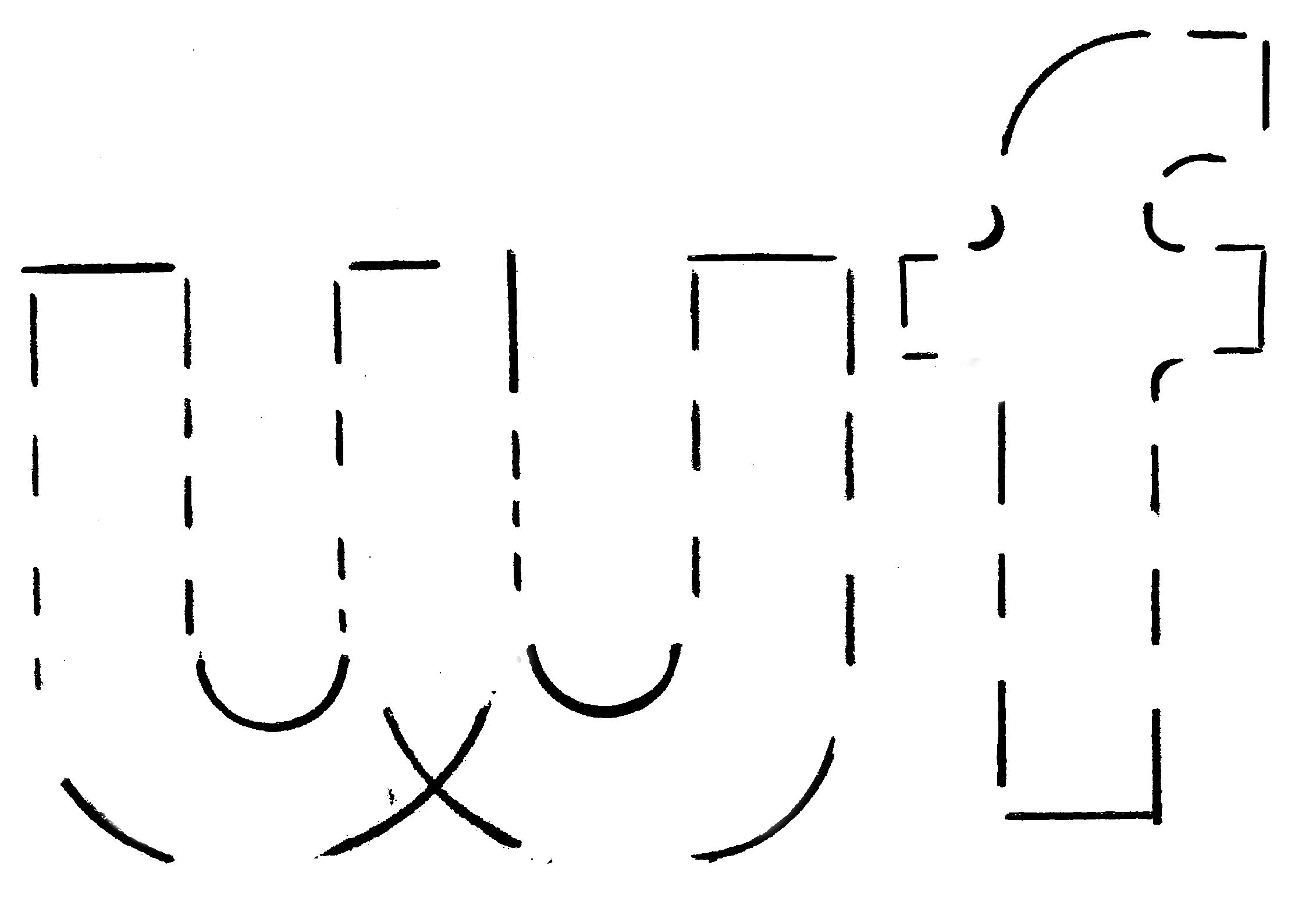The Poem is a Temple
Description:
The Poem is a Temple was a solo exhibition by Sriwhana Spong that brought together two works: a sculpture that is part of an ongoing series of instruments based on the Balinese gamelan, and a single-channel film shot in and around the artist’s ancestral home in Bali, Indonesia.
The painter-tailor (2019) constructs a family portrait from 16mm film and HD video footage collected by the artist, her relatives, and the family dog. The hook to which the film repeatedly returns is an untitled painting by Spong’s grandfather, the Sanur artist I Gusti Made Rundu (1918–93). This painting, the intimate surroundings of the family compound, and her father’s memories weave a net in which fragments relating to the effects of colonization, invasion, and tourism on image-making in Bali gather.
Presented alongside the film was Instrument H (Monster Chicken) (2021), a sculpture made from approximately fifty bronze casts of chicken bones and twigs collected on Spong’s daily walk between her house and studio in London, England during lockdown, which passes two 24-hour fried chicken shops. The work, with its bones sucked clean and discarded by humans and foxes, charts a strange intimacy between city dwellers, while reflecting on human-animal interactions and their ecological impact and evoking the ancient cultural practice of osteomancy, a form of divination performed by throwing bones. Each day at 2:30 p.m. over the duration of the exhibition, the sculpture was activated as an instrument, and moved through the space and surrounding neighbourhood before being placed in a new arrangement for possible future-telling.
The sculpture is part of an ongoing project commenced by Spong in 2015, and for which she is creating a personal ensemble inspired by the Balinese gamelan—a unique orchestra of mostly percussive instruments whose precise tuning traditionally varies between gamelan—creating what the ethnomusicologist Andrew Clay McGraw describes as a community’s “aural watermark.” Compelled by the notion of a place and its community having its own unique sound, each of her instruments is named after a friend or collaborator.
Curated by Susan Gibb.
List of included artworks:
1. Sriwhana Spong, Instrument H (Monster Chicken) (2021). Bronze, nylon cable ties. Dimensions variable.
2. Sriwhana Spong, The painter-tailor (2019). 16mm transferred to HD, HD video, 32 min. 10 sec.
Documents:
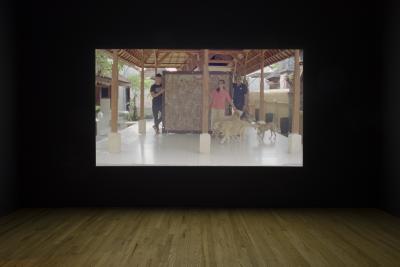
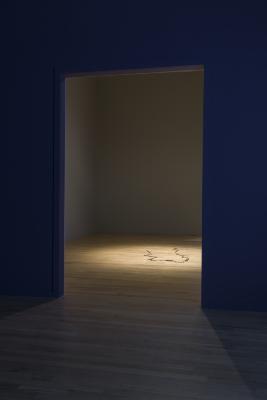
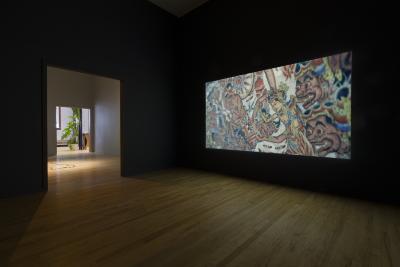
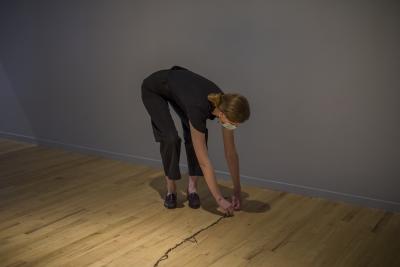
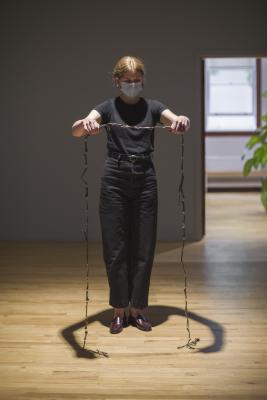
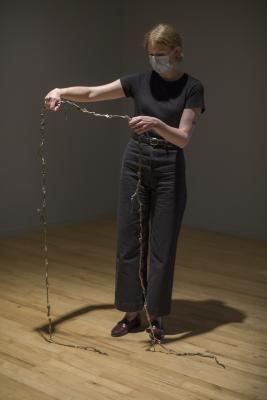
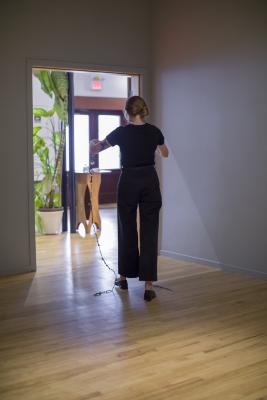
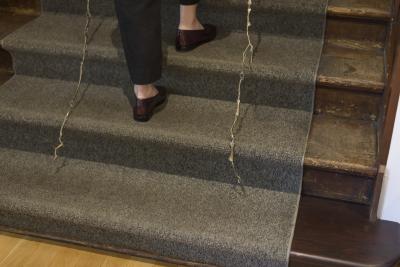
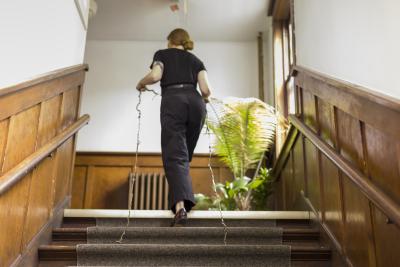
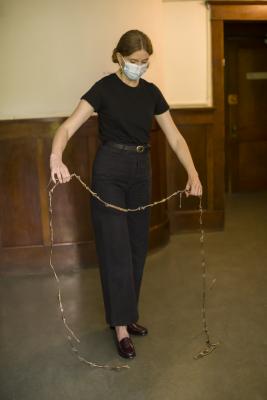
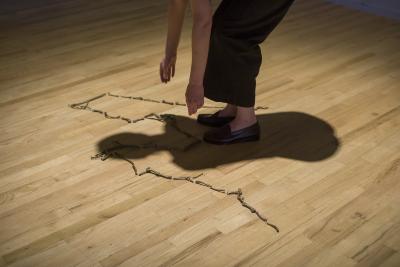
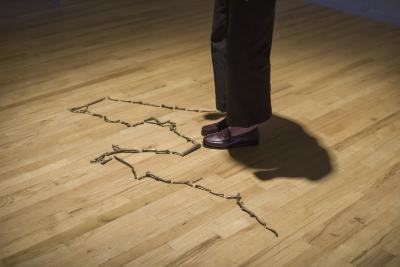
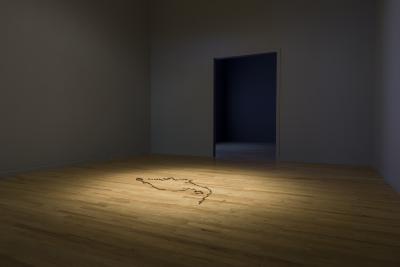
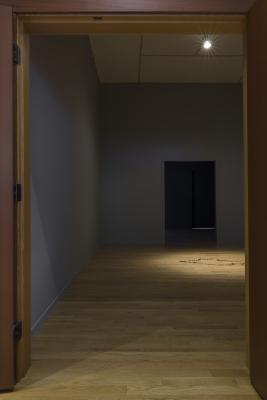
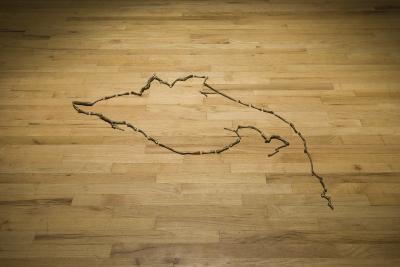
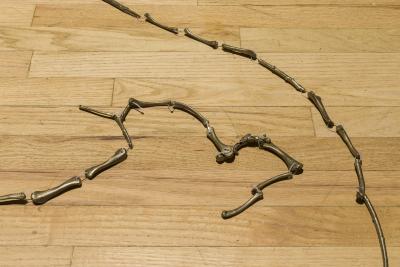
Related People
- Susan Gibb (Curator)
Captions:
- Sriwhana Spong, The painter-tailor (2019), installation view, Sep 11 – Nov 27, 2021. Photo by Dennis Ha.
- Sriwhana Spong, The Poem is a Temple, installation view, Sep 11 – Nov 27, 2021. Photo by Dennis Ha.
- Sriwhana Spong, The Poem is a Temple, installation view, Sep 11 – Nov 27, 2021. Photo by Dennis Ha.
- Sriwhana Spong, activation of Instrument H (Monster Chicken) (2021). Photo by Dennis Ha.
- Sriwhana Spong, activation of Instrument H (Monster Chicken) (2021). Photo by Dennis Ha.
- Sriwhana Spong, activation of Instrument H (Monster Chicken) (2021). Photo by Dennis Ha.
- Sriwhana Spong, activation of Instrument H (Monster Chicken) (2021). Photo by Dennis Ha.
- Sriwhana Spong, activation of Instrument H (Monster Chicken) (2021). Photo by Dennis Ha.
- Sriwhana Spong, The Poem is a Temple, installation view, Sep 11 – Nov 27, 2021. Photo by Dennis Ha.
- Sriwhana Spong, activation of Instrument H (Monster Chicken) (2021). Photo by Dennis Ha.
- Sriwhana Spong, activation of Instrument H (Monster Chicken) (2021). Photo by Dennis Ha.
- Sriwhana Spong, activation of Instrument H (Monster Chicken) (2021). Photo by Dennis Ha.
- Sriwhana Spong, The Poem is a Temple, installation view, Sep 11 – Nov 27, 2021. Photo by Dennis Ha.
- Sriwhana Spong, The Poem is a Temple, installation view, Sep 11 – Nov 27, 2021. Photo by Dennis Ha.
- Sriwhana Spong, activation of Instrument H (Monster Chicken) (2021). Photo by Dennis Ha.
- Sriwhana Spong, activation of Instrument H (Monster Chicken) (2021). Photo by Dennis Ha.
